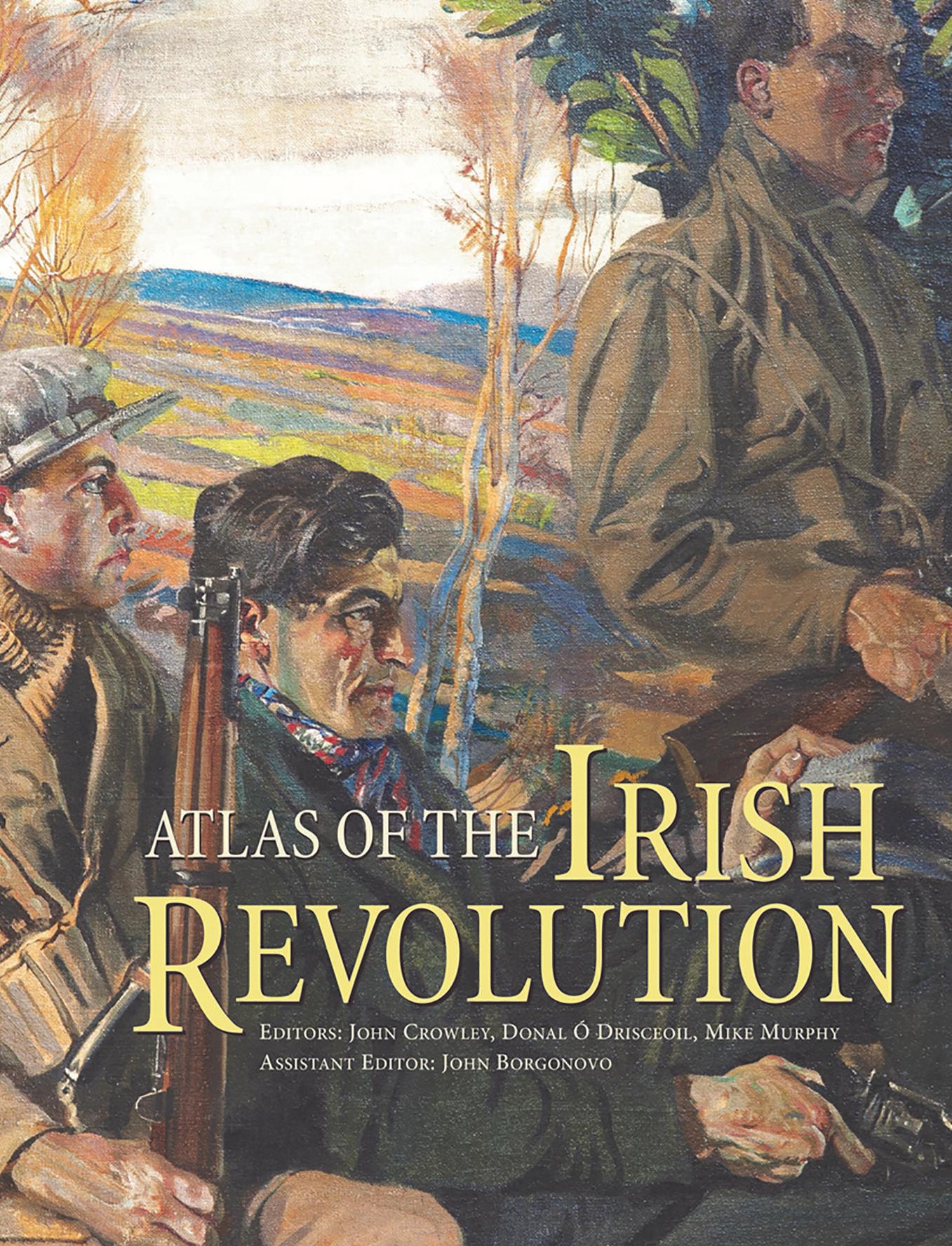
3 minute read
BOOK REVIEW
from Spring 2020 Bulletin
by SVP Ireland
A book about events from 100 years ago which we are about to commemorate
by Jim Walsh
Advertisement
During the next few years, a number of significant events in Irish history will be reaching their 100th anniversary.
The War of Independence, which ended in 1921 and the Irish Civil War in 1922 and 1923.
Those events helped shape the Ireland of today, and their consequences are still evident in the animosity between the main parties involved at the time of writing in discussion to form a Government.
For many people looking back at that period, their knowledge and understanding have been shaped by a learning of history or family stories that were unduly focused on painting a black and white version of what happened.
In more recent years a sense of balance has been brought into the teaching of Irish history and the commemoration of the events of 1916 just four years ago was an excellent example of how a difficult period of history could be marked with an inclusive series of events, allowing everyone to participate. For anyone with interest in the facts about Irish history during that period the Atlas of the Irish Revolution 1913-1923 is a must-have.
At almost 1,000 pages and weighing over 4.5kg it is not a book for reading in bed or indeed anywhere other than at a sturdy table. Your local library is a good place to look for it unless you can afford over €50 or more in a bookshop. Online it is being advertised from between €89 and €117.
Produced by Cork University Press in late 2017 it has over 300 original maps, a few hundred illustrations from the period and more than 140 contributions from scholars and writers. Here you will find a whole range of detailed information around the military, political, socio-economic and cultural experiences of the formative years of the state.
The maps, in particular, are riveting. If you want to see exactly what buildings were destroyed by fire in the Sackville (O’Connell) Street area of Dublin during the 1916 rising the map is here. There are also maps showing, for example, the towns and villages wholly or partly wrecked by English forces between 1919 and 1921 and even the parishes where priests condemned IRA activities. One particular chapter which will be of particular interest to SVP members is a chapter on Urban and Rural Living conditions before the revolution written by Caitriona Crowe. She takes two areas, one in inner-city Dublin and the other a small townland in west Cork to illustrate the divides in Ireland before the decade of turbulent events that ended with a Civil War. In Dublin, she describes life in Henrietta Street where three of the houses held 100 people or more. In number 14 there were 17 households ranging in size from two to eleven. They lived in 45 rooms spread over five floors, including the basement. The city was a dangerous place to live during this decade gunfire, explosions, curfews and house raids were common. The scourges of poverty – tuberculosis, diphtheria, dysentery and renal disease were constant companions to tenement dwellers who also fell victim to the influenza outbreak in 1918. When this book was being produced, I doubt if the compilers ever thought that the world would be facing another pandemic in 2020.
The 1918/19 flu pandemic (the “Spanish flu”) as it was known killed upwards of 50 million worldwide. Coming at the end of the First World War, this pandemic caused huge upheaval in Ireland and throughout the world. In Ireland, 23,000 people died, and around 800,000 were infected.
In a situation somewhat similar to today tenement dwellers were engaged in a struggle to survive in a competitive rental market which gave them title chance to save for a dwelling of their own. As now, poverty dampened aspirations for children’s education. Although then they were needed to work and contribute to the household income. The advent of proper local-authority housing in the 1930s was the first major alleviation of this vicious circle.
By contrast, says Caitriona Crowe the people in the townland of Ardaturrish in west Cork lived in a far healthier environment. “The fact that the townland dwellers in Cork owned their own property put them at a level above their contemporaries in the tenements. The security of homeownership allowed educational aspirations for offspring to develop, and also the idea of inheritance for good or ill entered the picture. Property ownership was accompanied by conservatism, both political and religious and in these small farms we see the genesis of twentieth-century rural Ireland”.
Altogether a fascinating look.










